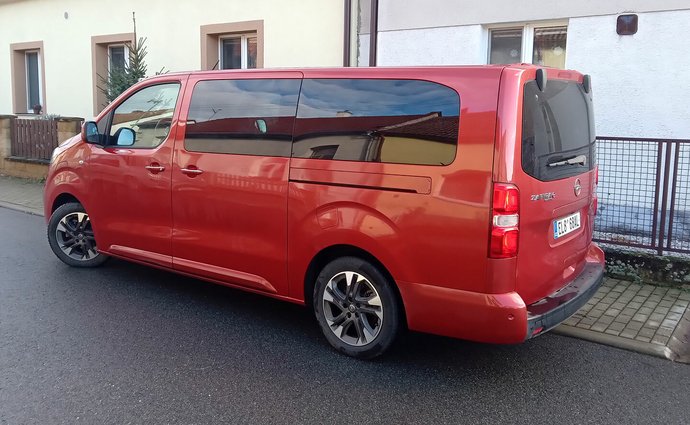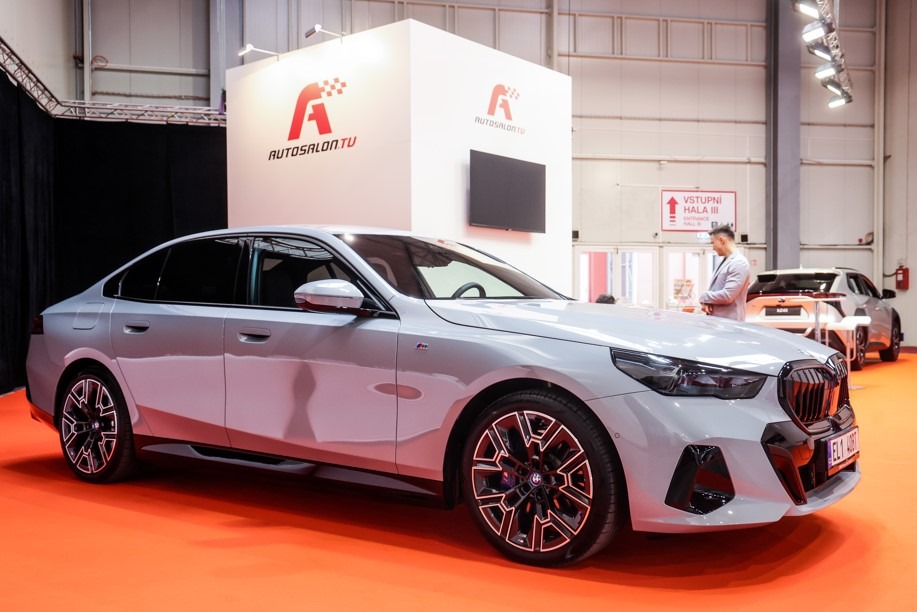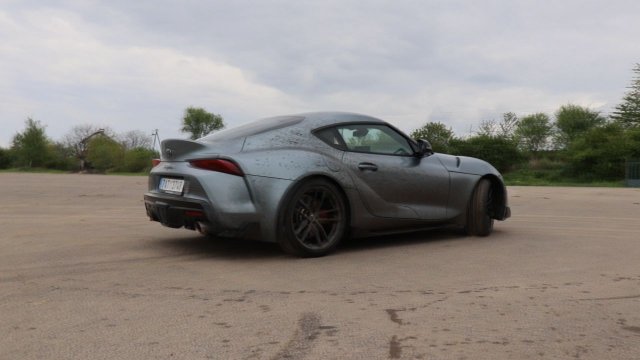The start of long-term testing on the last issue of 4Fleet was followed by a very lively battery charging topic.
The Zafira-e electric passenger car for eight people requires a lot of effort to move. Especially because it weighs almost 2.4 tons empty. As you well know from the previous test sections, the considerable curb weight is due to the largest battery with a large 75 kWh capacity. However, a pleasant consequence of a large battery is a mileage of more than three hundred kilometers.
Hurry up?
It takes hours to charge almost all of the 75 kWh battery capacity with AC voltage via Mennekes cables. However, it makes sense if there are no fast charging stations with DC voltage and roughly five to ten times higher power and you are out shopping, running errands at the office, or visiting. However, you will find a large number of these alternating voltage options, especially in Prague, where there are dozens and maybe even hundreds of slower electric car chargers.
We also try this opportunity. When the battery is half full, the charging power becomes 11 kW, which increases the range to about 40 km after an hour of tuning. Of course, it’s impossible to drive longer routes this way, but for getting around town and using shorter parking lots, it’s a welcome “side income” for the battery.
Mainly direct current
On longer routes outside of town, only fast charging with direct current makes sense. Of course, batteries also have direct current voltage, so the recharge power goes directly to the battery and doesn’t require a voltage converter. This is why AC charging through the Mennekes terminal is slower. The converters themselves come with a certain weight, so most are designed for 22 kW of power so that, apart from the battery, there is no need to unnecessarily increase the curb weight of the electric car.
We were very pleased to visit the company PRE’s new fast charging stations, which normally offer 75 kW, while all ČEZ fast chargers “can” 50 kW. This is a substantial difference, as charging is half as fast on these PRE stations. There is even a 150 kW PRE Hypercharging fast charger in Prague, which is a great opportunity to test the maximum charging capabilities of the Zafira-e. However, we never managed to reach 100 kW of charging power even on the Hypercharging fast charger, as charging depends on several factors. Obviously not the case if an electric car can “on paper” charge 100 kW and the charger has a stated output of 150 kW, you will always charge 100 kW.

Outside temperature
It is well known by the public that the lower the temperature, the lower the capacity of the accumulator. It’s not a dramatic reduction, but it’s still noticeable. If you have to stay in your car while it’s charging (unless the charger is near a shopping mall, for example, which isn’t the case outside of a city), you’ll want convenience. In winter, since long-term testing of the Zafira-e is underway, you are happy to warm up in the car and read a good book, listen to music or take out your laptop and work or watch a movie.
From our experience, fast charging is about a tenth slower at about 5 °C, at zero it’s a fifth slower. At minus ten degrees, the charging power drops to about sixty percent of the maximum. It’s not the performance of the charger that’s limited, but the reduced “thirst” of the accumulator due to its lifespan.
Battery temperature
At first we thought that the charging speed was limited only by the lower outside temperature, but in the end, after two months of driving and charging, we found another interesting thing. Basically, by a lucky coincidence, we noticed that after a short trip to the charging station already at plus five below, recharging proceeded more slowly than when we arrived at the charger from a greater distance with the same discharged battery. . We checked this dependency several times with further traffic until we came to clear conclusions and suggestions for you.
When you use a fast charger in temperatures lower than plus seven degrees, do the last kilometers in a sportier style. The accumulator will repay you with a high charging current. For example, an additional kilowatt lost from fast driving the last five kilometers to the charger will be returned to you within five minutes during a more intensive charge with the cable connected to the car.

This experience also draws important conclusions for recharging on cold and freezing days. Plan to charge at the end of the route with warm batteries. Avoid arriving at your destination with an almost empty battery and recharging it, for example the next day at the start of your next trip.
Heating etc.
The Zafira-e is a spacious car that requires around 2-4 kW of electric heater to keep warm in cold weather. However, heating the internals takes up about a tenth of the total consumption compared to the demands of the electric drive, so it’s possible to warm up just fine except for when we’re not sure we can still get a charger safely. We always keep a reserve of at least forty kilometers for unforeseen situations like detours etc.
Author: Ladislav Cerny

“Unapologetic social media guru. General reader. Incurable pop culture specialist.”







